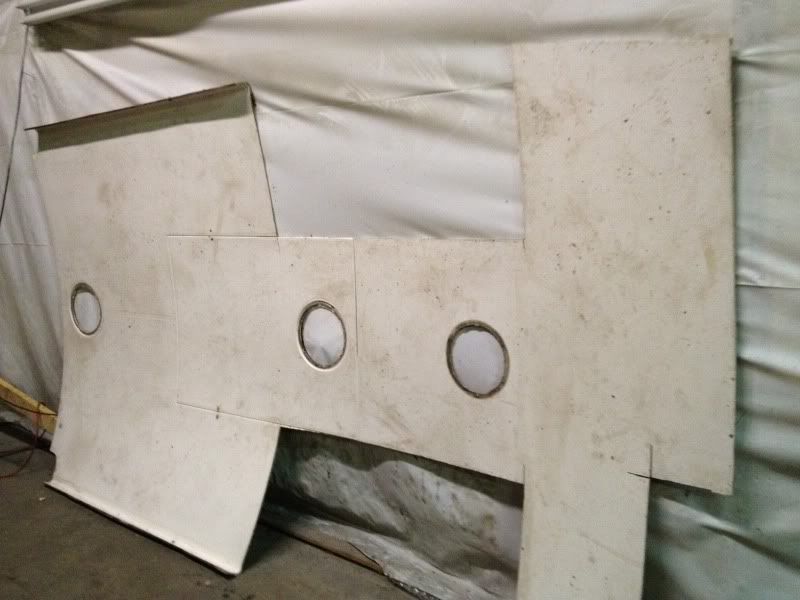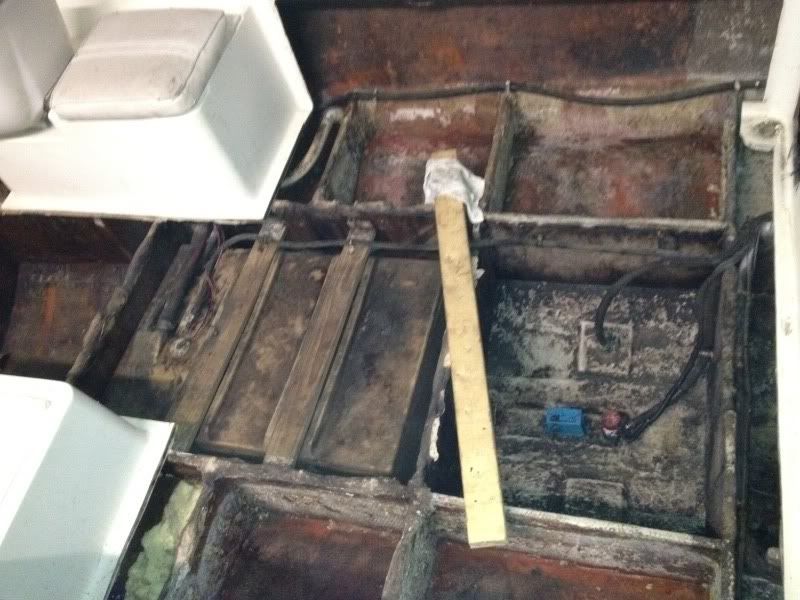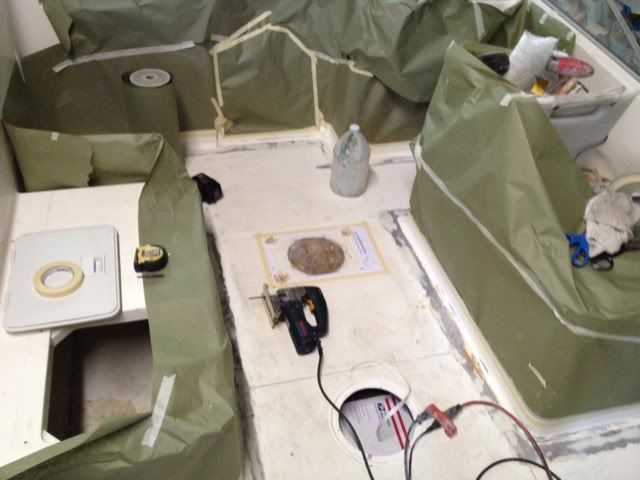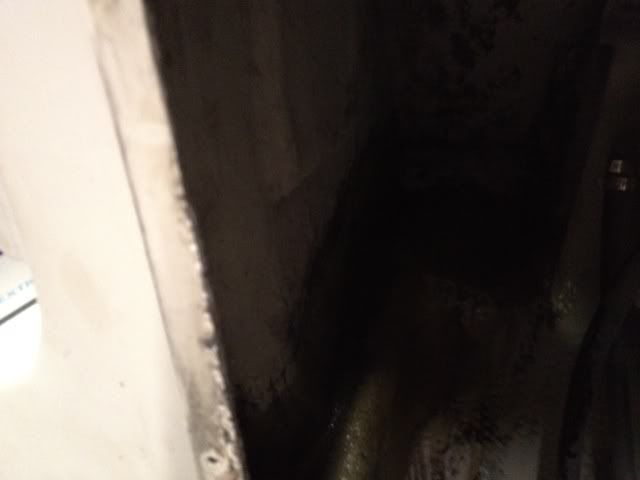Destroyer
God
Phat, that is exactly what I have in mind... Great to see it actually done.... nice job!!!!
Spare, what you say about the noodles makes a lot of sense. I'm still torn between using them and foaming... one the one hand I get 2.5 lbs per sq ft of added weight, sound deadening and some additional structurial integrity. On the other hand I get lighter weight, good water drainage and cheaper cost..... To foam or not to foam still remains the question.
Spare, what you say about the noodles makes a lot of sense. I'm still torn between using them and foaming... one the one hand I get 2.5 lbs per sq ft of added weight, sound deadening and some additional structurial integrity. On the other hand I get lighter weight, good water drainage and cheaper cost..... To foam or not to foam still remains the question.




 it.
it.


 ...I'll hand it to ya, Destroyer!!...that's a lotta nice work you've done there...and in a relatively short period of time...yer gonna have a mighty tight V there when you get done!!...
...I'll hand it to ya, Destroyer!!...that's a lotta nice work you've done there...and in a relatively short period of time...yer gonna have a mighty tight V there when you get done!!...



